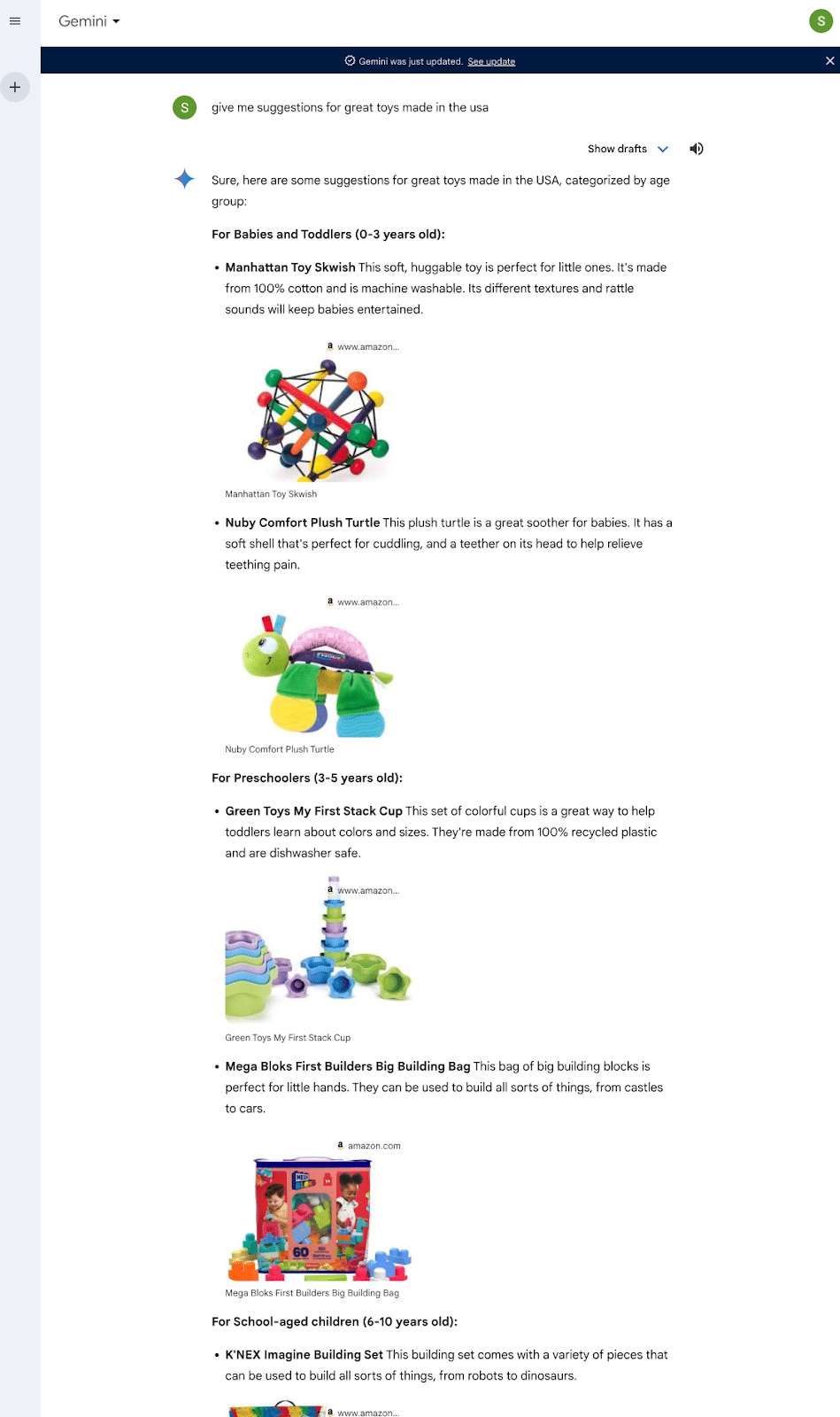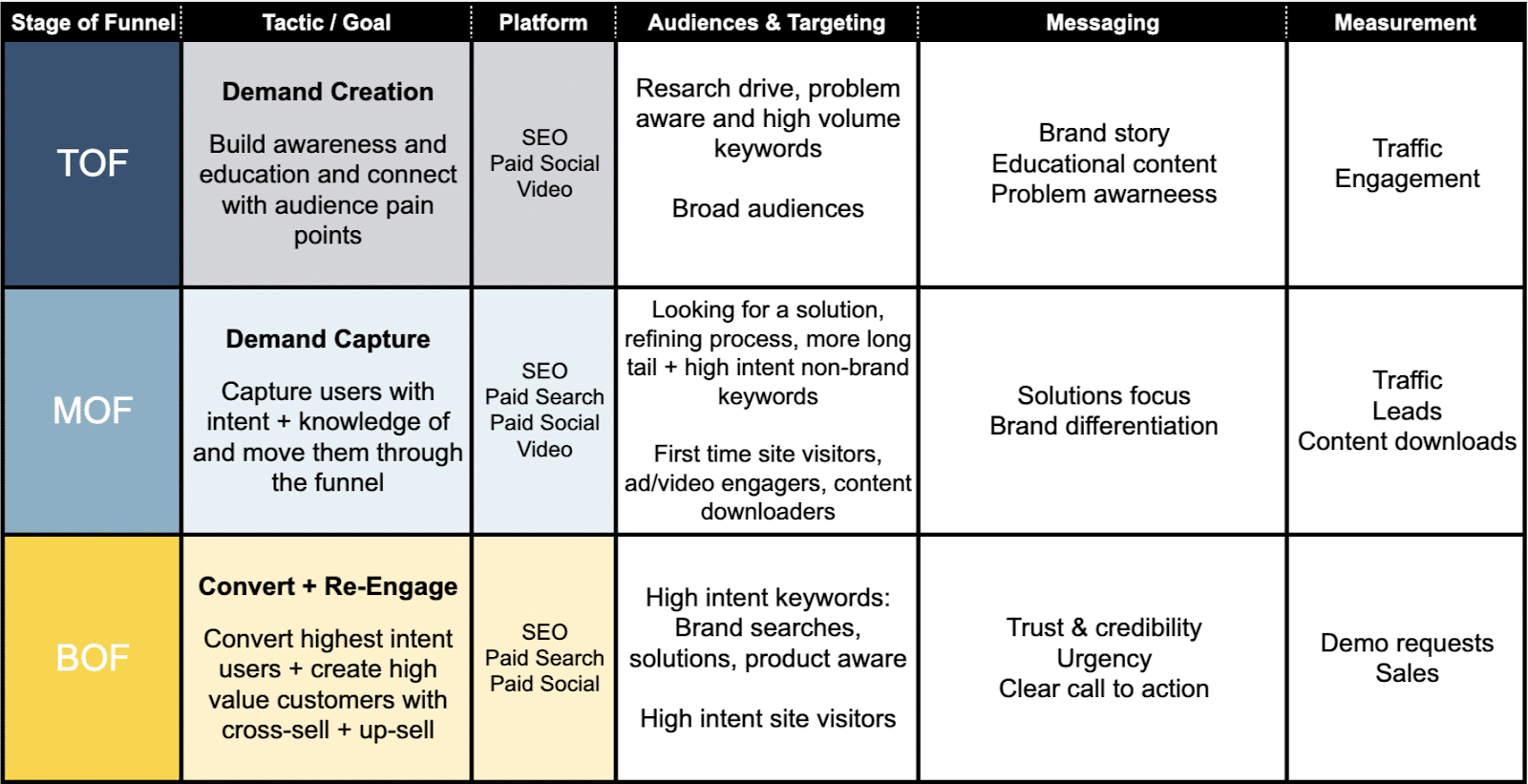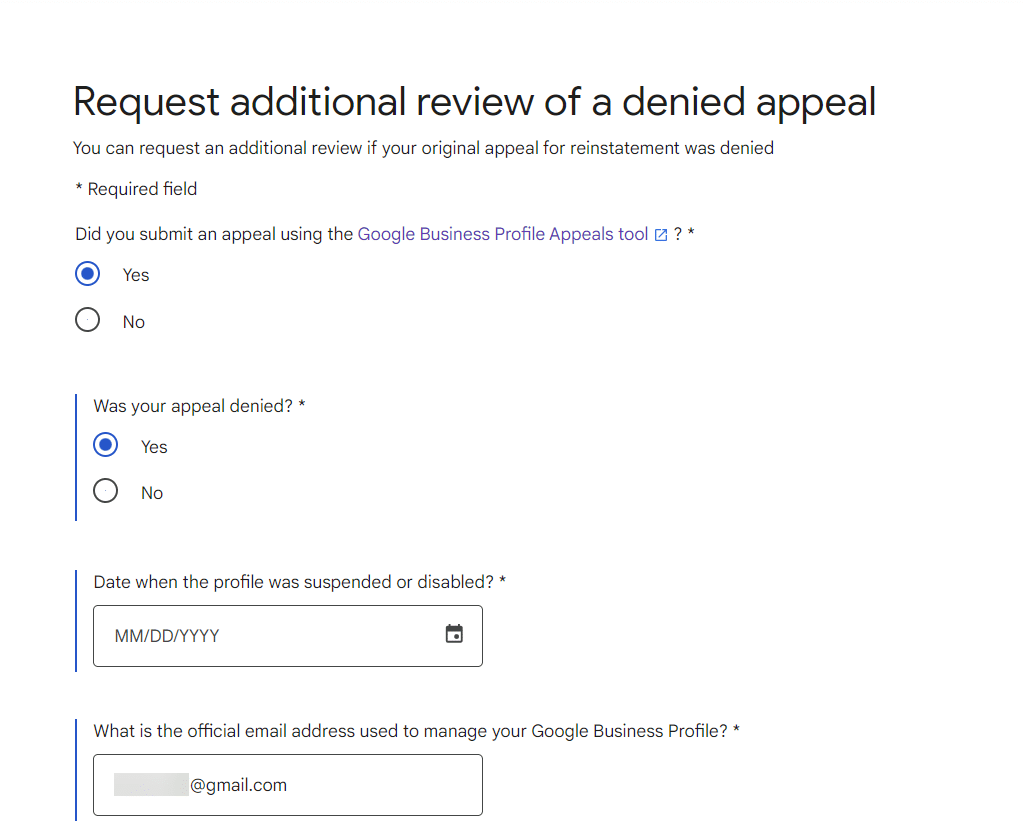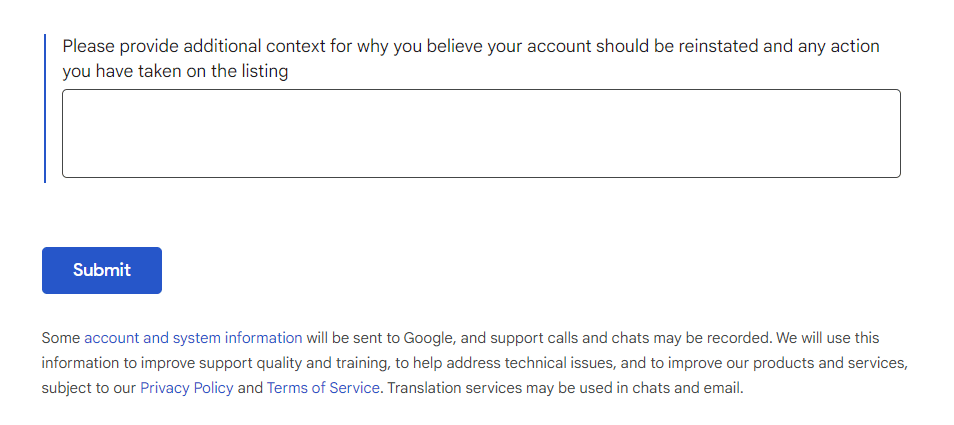
The Department of Justice’s laid out a damning case against Google in the antitrust lawsuit closing argument.
Search Engine Land Managing Editor Danny Goodwin highlighted some of the damaging evidence – including how Google has been increasing costs for advertisers – in How Google harms search advertisers in 20 slides
In light of the revelations, I contacted search marketers to get their thoughts on Google Ads to evaluate the current confidence level. Spoiler alert: it’s not good.
Clearly, trust is a major issue – and in the court of public opinion among advertisers, Google has already been found guilty.
Here’s what advertisers told Search Engine Land:
Manipulation and deceptive practices
Sarah Stemen (Paid Search Specialist and Founder):
- “Their willingness to rewrite help desk documents, frankly, feels shocking after such revelations.”
- “It seems like Google is trying to hide the mechanics of a potential first-price auction rather than ensuring a truly fair second-price system.”
Boris Beceric (Google Ads consultant and coach):
- “The only one ‘benefitting’ from randomization is Google.”
- “Google is a monopoly that’s raising prizes without telling advertisers about it.”
Dids Reeve (Freelance Paid Media Specialist):
- “The document reads like randomization is code for ‘we can deviate from the usual auction algorithm to make ourselves some more money’. And that if advertisers perceive Google to be ‘randomizing’, then it would be bad enough that they want to cover up the fact.”
Chris Ridley (Paid Media Manager, Evoluted):
- “The latest news of Google randomizing the top two ad positions in the hope advertisers will raise their bids, is a sign that Google is willing to rewrite the rulebook for advertising on their platform.”
Robert Brady (Founder and PPC Expert):
- “Exact match bears the name ‘exact,’ but the behavior of the match type is far from exact. They keep the name because it gives advertisers a false sense of precision.”
- “Randomization in this context is used the same way. The layperson would infer that it meant the behavior was truly random (not influenced by predictable factors), so Google deflects scrutiny when a full analysis shows that their ‘randomization’ showed a clear preference in Google’s favor.”
Amy Hebdon (Google Ads Conversion expert):
- “With RGSP, Google has gaslit advertisers with disingenuous explanations of the changes, trying to convince us that this lack of transparency is for our benefit.”
Google’s prioritization of profit over fairness
Jyll Saskin Gales (Google Ads Coach):
- “However, reading the internal Google commentary on the practice, it’s clear that the motivations for randomization were not noble.”
Charley Brennand (PPC Consultant & Founder):
- “Google will never put advertisers’ needs before their need to grow profit.”
Hebdon added:
- “Using ad rank and a second-price auction, Google already had a system prioritizing quality and user experience while setting a fair price for advertisers. Where’s the flaw in that model, besides the fact that Google wasn’t extracting the maximum revenue possible?”
Julie Friedman Bacchini (Founder of NeptuneMoon):
- “My main takeaway from this is that these exhibits show that Google Ads is absolutely doing what is best for Google Ads first and foremost.”
Nick Handley (Head of Paid Media Performance at Impression):
- “Google has a monopoly on the Search space and until another player challenges Google, I feel we’re going to continue to see this type of revenue-increasing tactic to continue with Google putting stakeholders above clients.”
Trust in Google is quickly collapsing
Kirk Williams (Founder of Zato):
- “But I can say that these [evidence brought up against Google] continually demonstrate the problem Google has right now: trust.”
- “Google has an optics problem right now, and these documents help erode, rather than increase, trust.”
Stemen added:
- “It challenges the very foundation of trust and transparency that’s essential for a healthy digital advertising ecosystem.”
- “It raises the question – what else haven’t they been transparent about?”
Reeve added:
- “It makes me feel like the PPC community and their clients are being manipulated, too.”
Ridley added:
- “We, as advertisers, should not take anything we know about how ad auctions work at face value, even if it’s within the Google Ads Help Center.”
Brennand added:
- “Now with the published data from the court case, we can see that we’ve been manipulated and actually, not even our Google counterparts are privy to what Google is up to.”
Handley added:
- “Given the recent DOJ vs Google trial, it’s becoming increasingly harder to trust Google and the recommendations they provide.”
Impact on advertisers and clients
Gales added:
- “The people who should be most angered by this are Google’s top customers, the Amazons and Temus and Expedias of the world, who spend millions a year on Google Ads just to be punished for their investment by being ‘randomly’ pushed down.”
Brennand added:
- “If this has only just been surfaced now, it begs the question of how many other harmful changes have happened under the radar that we didn’t know about.”
Handley added:
- “This poses an interesting question, how are we meant to trust recommendations from our reps? If they are in the dark as much as us, surely some of their insight is harmful to us advertisers.”
Perceived (un)fairness of ad auctions
Williams added:
- “When users believe an auction to be more about competition and less about manipulation by the auctioneer and then learn it to be otherwise, that causes a lack of trust.”
Gales added:
- “I support the principle of Randomization, as it seems to support the same principle as Quality Score: those with the deepest pockets shall not hoard all the clicks, and the most important thing is to give the user what they want – the best results.”
Ridley added:
- “For years, Google has been telling advertisers through their Google Ads Help Articles that Ad Rank determines ‘whether your ads are eligible to show and, if eligible, where on the page your ads are shown (if at all) relative to other advertisers’ ads’.”
- They even go as far as providing six factors that contribute to calculating your Ad Rank and have published and regularly updated several Google-hosted articles that double-down on the concept that “Your ad’s position on the page is determined by your Ad Rank”
Other reactions of shock and disappointment
Stemen added:
- “However, encountering statements like ‘this gives us the freedom to config pricing’ in official court documents is a real blow.”
Reeve added:
- “It’s quite shocking to see in black and white the cynical way individuals at Google have discussed how they manipulate and warp the definitions and configuration of Google Ads metrics.”
Bacchini added:
- “Advertisers and PPC pros have long suspected some of this stuff, but seeing it in these docs is still stunning.”
Why we care: The breakdown in the relationship between Google and advertisers may start with trust – but it goes beyond that. It becomes harder or impossible to trust advice from ad reps, having seen that Google is prioritizing revenue over fairness via manipulative practices. It means advertisers have an even harder job of ensuring they are not just throwing advertising budget down the drain but actually gaining incremental conversions with their ad spend.
Dig deeper. Has Google Ads lost all credibility? Why one advertiser says it’s time to leave
from Search Engine Land https://ift.tt/alo0cFd
via IFTTT















